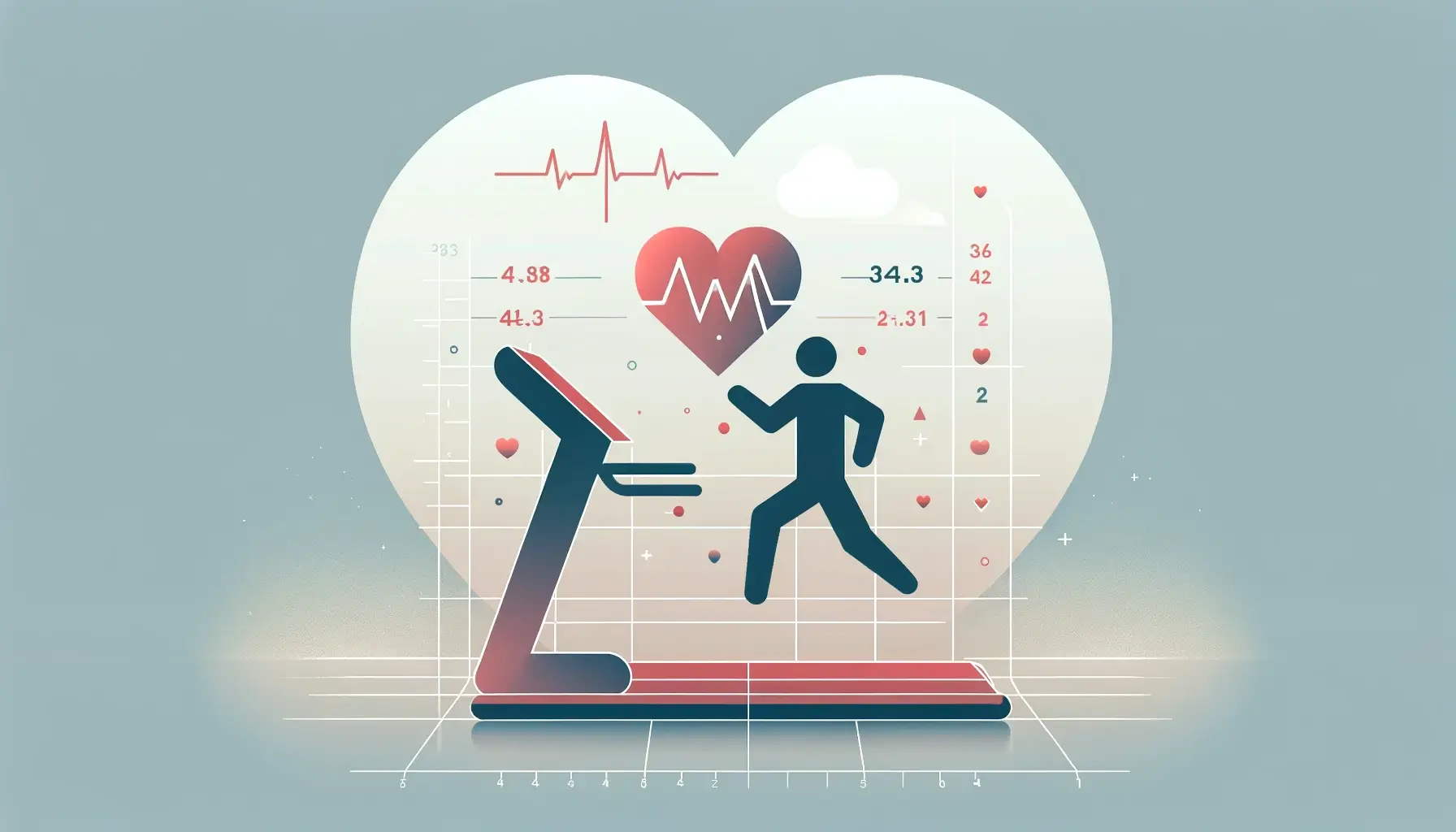The Bruce Protocol is a standard treadmill exercise test to evaluate cardiovascular fitness and detect potential heart-related conditions. Named after Dr. Robert A. Bruce, this protocol involves progressive increases in treadmill speed and inclination, requiring participants to exert themselves across multiple stages. A Bruce Protocol Calculator aids in interpreting the results, calculating estimated maximal oxygen uptake (VO₂ max) or exercise capacity, and guiding healthcare professionals or fitness experts in assessing cardiovascular health. Below is a comprehensive overview of the Bruce Protocol, how the calculator works, and why it is a staple in clinical and fitness settings.
Introduction to the Bruce Protocol
Developed in the 1960s, the Bruce Protocol organizes treadmill exercise into specific stages—each lasting three minutes—during which speed and grade incrementally increase. This structured progression predictably challenges the cardiovascular system, making it easier for clinicians to gauge a subject’s endurance and detect abnormalities.
Key Features:
- Incremental Intensity: Each stage raises speed and incline, ensuring a thorough test of cardiovascular capacity.
- Widely Adopted: The Bruce Protocol is recognized globally in clinical exercise testing because of its standardization.
- Versatility: It suits healthy individuals who are gauging fitness and patients investigating potential ischemic heart disease or other conditions.
Purpose of a Bruce Protocol Calculator
A Bruce Protocol Calculator often takes specific data (e.g., treadmill test results, final stage reached, or total exercise duration) and returns a meaningful output, like:
- Estimated VO₂ max: The maximum oxygen consumption rate indicates aerobic fitness.
- METS (Metabolic Equivalents): Demonstrating energy expenditure relative to resting states.
- Cardiorespiratory Fitness: Summaries or classifications comparing results against normative data or risk-level references.
The calculator spares users from manual formulas or referencing complicated charts by instantly interpreting raw treadmill data.
How the Calculator Works
While different calculators vary in complexity, the general workflow is as follows:
- Enter Test Duration or Stage Reached: Some tools might want the precise time the participant lasted in the test. Others wish to have the maximum stage successfully completed.
- Input Additional Data: Variables like age, sex, or weight might refine estimates, especially for VO₂ max calculations.
- Automatic Computation: The tool applies established Bruce Protocol equations or reference tables to produce results.
- Display Output: Users receive a numeric VO₂ max, METs value, or classification of exercise capacity, allowing quick comparisons against medical or fitness benchmarks.
Benefits of Using a Bruce Protocol Calculator
- Time Efficiency: Bypasses manual formulas, delivering near-instant results.
- Reduced Errors: Automated logic eliminates the risk of arithmetic missteps that can skew interpretation.
- Consistent Assessment: Ensures uniform approach across different clinics or trainers, enhancing data comparability.
- Patient Empowerment: Some calculators provide lay-friendly interpretations, helping participants understand their performance.
Typical Use Cases
- Cardiac Stress Testing: Hospitals or cardiology practices run the Bruce Protocol on patients with suspected coronary artery disease to gauge ischemic thresholds and overall functional capacity.
- Sports Medicine and Fitness: Athletes or active individuals track changes in VO₂ max over time, observing improvements due to training.
- Post-Rehabilitation Monitoring: Patients recovering from cardiac events or surgeries may undertake repeated Bruce tests, verifying progress and safe return to daily or athletic activities.
- Research Studies: Investigators analyzing fitness trends or interventions rely on consistent Bruce Protocol data and calculator outputs for robust comparisons.
Challenges and Considerations
- Physical Constraints: Not all individuals can safely endure the increasing intensity. Some must end the test prematurely, limiting the calculator’s estimation accuracy.
- Interpreting Results in Special Populations: Age, comorbidities, or musculoskeletal limitations might skew standard references or hamper direct comparisons with healthy normative data.
- Need for Proper Supervision: The test requires medical or professional oversight, especially in high-risk patients. The calculator’s output only complements, not replaces, clinical judgment.
- Alternative Protocols: The Bruce Protocol might not suit everyone; lower-intensity or specialized tests (e.g., Balke Protocol) might be chosen, with different equations and reference data.
Best Practices for Using the Calculator
- Ensure Accurate Test Data: Precisely record how long a participant lasts or which stage was completed. Inconsistencies in timing or stage definitions can produce misleading results.
- Incorporate Vital Signs: If the calculator allows, add relevant data (heart rate, BP) to refine analyses or detect abnormal responses.
- Compare Over Time: Serial tests under standardized conditions reveal improvements or regressions in cardiorespiratory fitness.
- Consult with Professionals: The numeric output is an aid; interpret it alongside medical advice, especially if results indicate significant changes or potential issues.
Future Trends
- IoT and Wearables: Individuals might wear devices that gather heart rate and motion data, automatically syncing with calculators to produce near real-time Bruce Protocol analyses.
- AI-Enhanced Diagnostics: Tools could integrate more user data (including ECG signals oxygen saturation) to produce detailed risk scores or predictive health markers beyond standard VO₂ max.
- Telehealth Integration: Remote testing or at-home treadmill usage might feed into online calculators, bridging cardiac care with telemedicine.
- Personalization: Advanced calculators might tailor final results or recommended training zones by determining genetic predispositions or extensive medical history.
Conclusion
A Bruce Protocol Calculator is a significant complement to the formal treadmill stress test. It turns raw data like stages completed and test duration into comprehensible results, often displayed as VO₂ max or overall fitness categories. Swift, reliable, and easy to interpret, it benefits clinicians, trainers, and patients by highlighting cardiorespiratory capacity and guiding subsequent health interventions. As technology and data integration progress, these calculators will only grow in sophistication, further entrenching them as pivotal tools in preventative healthcare and athletic performance measurement.


